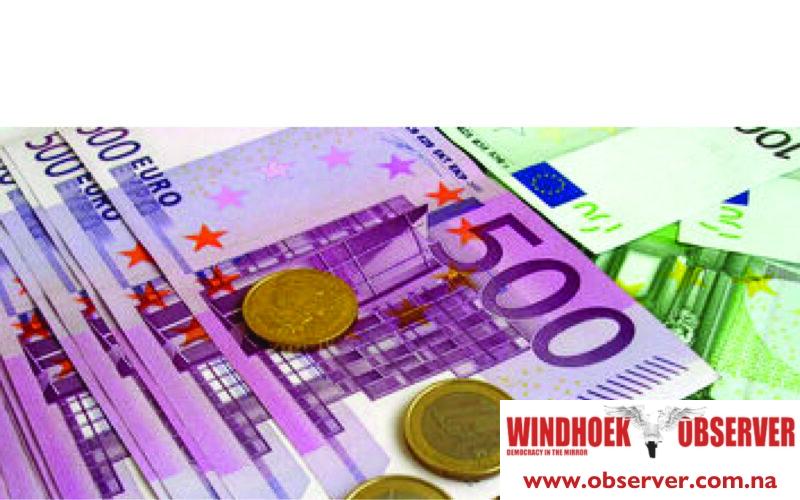Chamwe Kaira
Namibia’s total debt stock is expected to dip in October when a US$750 million eurobond is repaid but rise again to reach N$172.4 billion by the end of the 2025/26 financial year, equal to 62% of gross domestic product (GDP).
According to the Bank of Namibia’s September quarterly bulletin, central government loan guarantees as a share of GDP declined by one percentage point to 3% at the end of June.
The debt stock stood at 61.7% of GDP at the end of June 2025, compared to 62.7% recorded during the same period in 2024.
In nominal terms, government debt reached N$171.4 billion at the end of June, an annual growth of 8.8%. This was mainly driven by increased issuance of treasury bills and internal registered stock.
External debt registered a modest decline over the same period, partly due to repayment of the e International Monetary Fund’s (IMF) rapid financing instrument and the stronger Namibian dollar against major currencies.
The central bank noted that domestic economic growth slowed during the quarter, weighed down by contractions in manufacturing, fishing, and agriculture.
The size of the economy was estimated at N$64.8 billion, up from N$58.8 billion a year earlier.
“Among the primary industries, only mining managed to record positive growth in the second quarter, led mainly by the uranium subsector. While the manufacturing sector contracted significantly, with blister copper and diamond cutting and polishing particularly disappointing, the other secondary industries, electricity and water, and construction, registered robust growth during the period under review. The tertiary industries, at the same time, recorded a sturdy performance, particularly wholesale and retail trade, education and finance,” the central bank said.
Namibia’s external sector indicators improved during the second quarter. The current account deficit narrowed to N$5.4 billion, a 20.5% year-on-year decline and a 60.6% drop compared to the previous quarter.
“This improvement was primarily due to a reduced merchandise trade deficit on the back of stronger uranium and gold exports, as well as lower outflows in the services account,” the central bank said.




